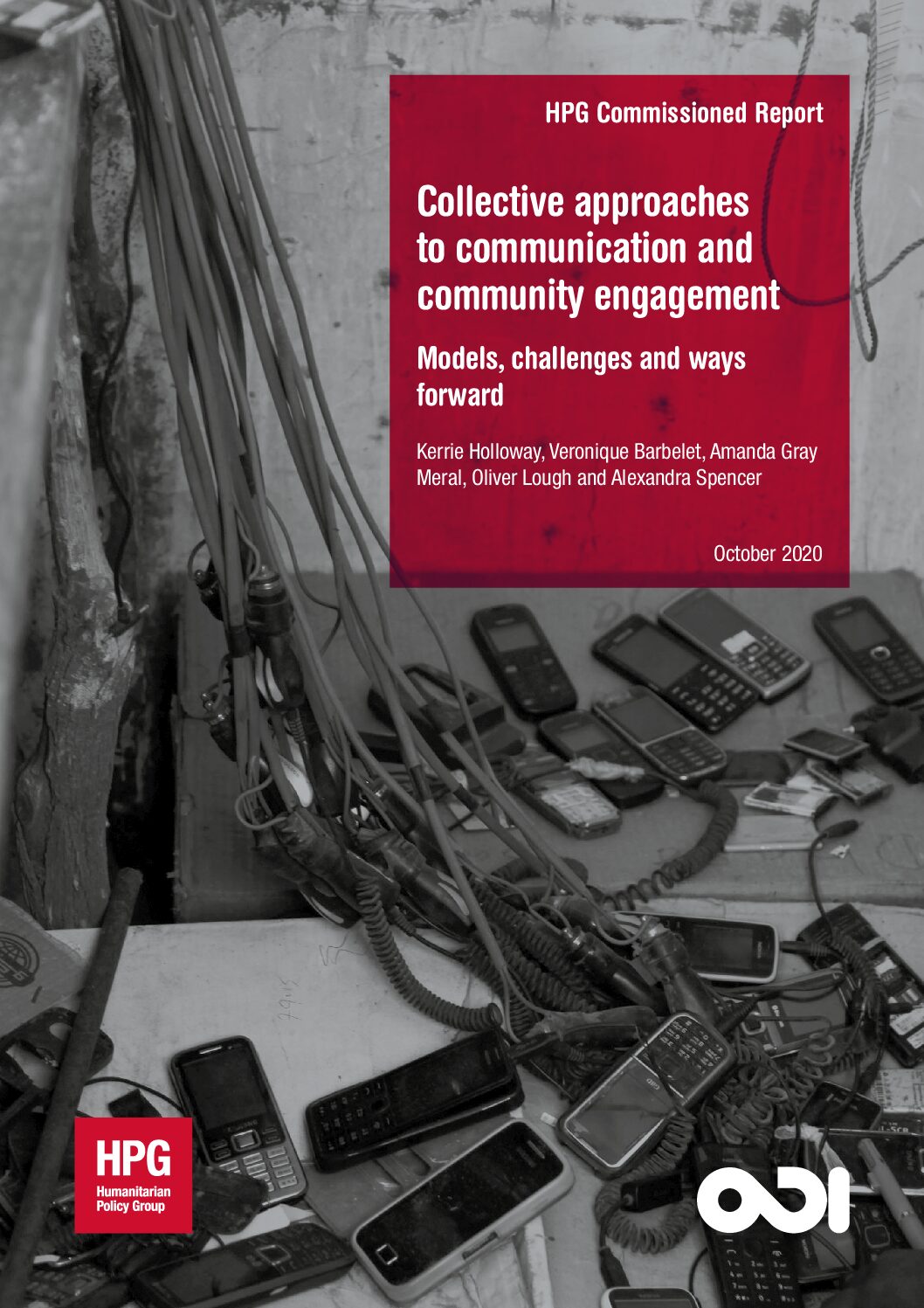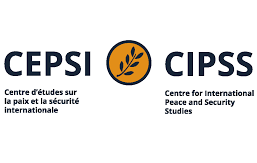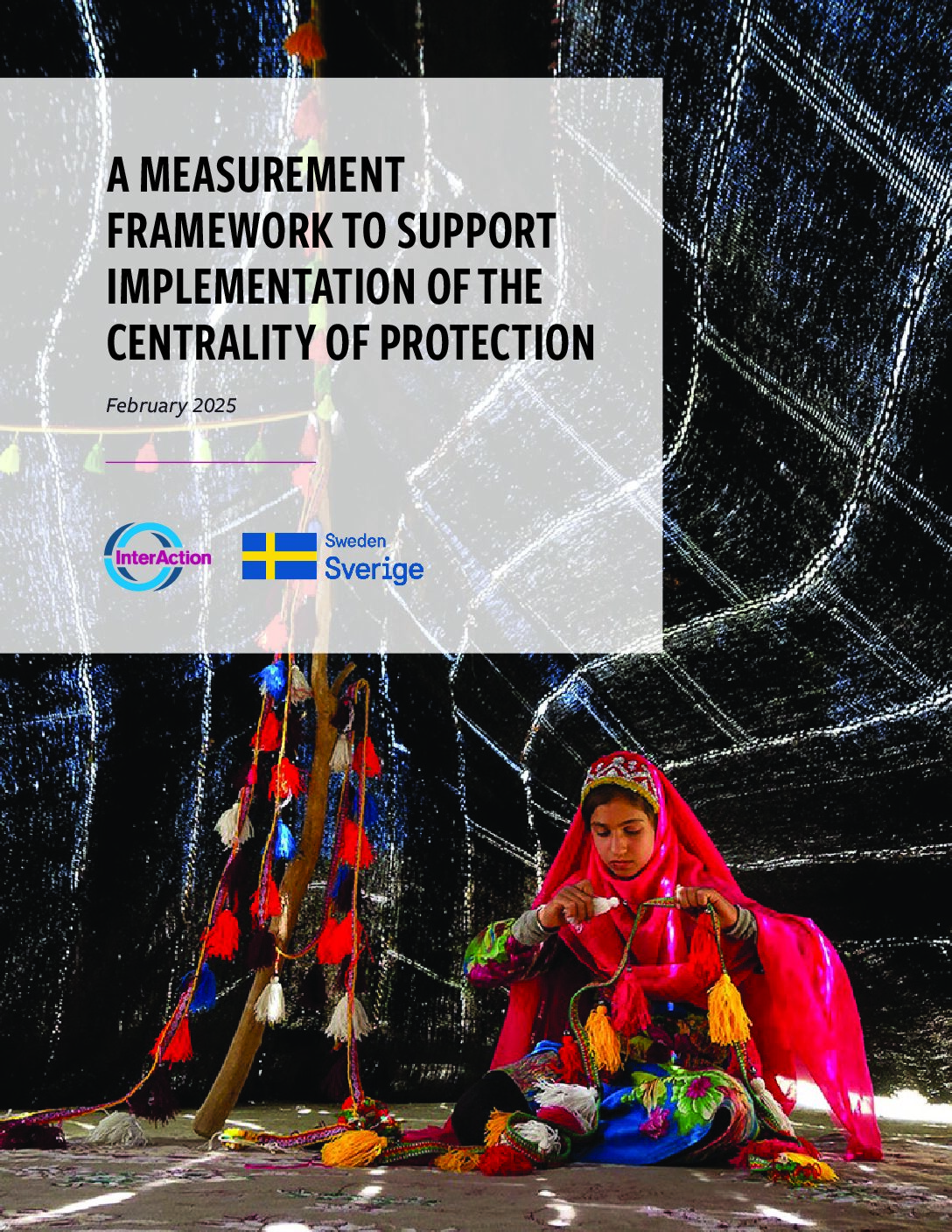The humanitarian system is not accountable at the collective level to the communities it serves.
Why is this so despite the increasing collective approaches to communication and community engagement that focus on making humanitarian action more accountable to affected populations? How can humanitarians engage with communities to better understand the protection risks, vulnerabilities, and capacities specific to them? To better understand the lack of accountability within the humanitarian system, the Humanitarian Policy Group (HPG) at the Overseas Development Institute (ODI) published a report titled ‘Collective Approaches to Communication and Community Engagement: Models, Challenges and Ways forward.’ The research from the study further speaks to an emphasis from Results-Based Protection (RBP) in which the various systems and processes that characterize an organization and the wider humanitarian community can enable or block the achievement of protection outcomes.
Thanks to funding from UNICEF’s former Communication and Community Engagement Initiative (CCEI), the report by the HPG outlines the gap between increasingly collective approaches by humanitarian actors, but little to no collective accountability to the communities they serve. Collective accountability to affected populations (AAP) is not only advantageous to humanitarian organizations through increased contextual analysis and information, greater cultural understanding, streamlined assessment and advocacy, reduced programmatic duplication and gaps, and lesser costs due to collective bargaining and resource sharing, but collective AAP also improves access to and acceptance by affected peoples. By improving collective AAP, organizations can ensure their programs lead to protection outcomes desired by the impacted communities themselves.
To improve the uptake of collective AAP among humanitarian organizations and agencies, UNICEF contracted HPG to evaluate the contemporaneous humanitarian field’s use of CCE approaches and provide recommendations where collective approaches to CCE could be useful. The HPG engaged in a number of methods to complete the study, including a desk-review of previous literature, and interviews and discussions with steering group members and informants across INGOs and humanitarian agencies. These methods resulted in the publication of five separate case studies (CAR, DRC, Indonesia, Mozambique, and Yemen), a desk review of other collective CCE approaches, and a cost-benefit analysis of collective CCE approaches.
From these case studies, the authors present seven tenants of effective collective approaches to CCE:
- Leadership commits to early and ongoing collective accountability.
- Works with existing coordination structures and to allow cross-sectoral decision-making.
- Builds on and complements individual accountability mechanisms.
- Facilitated by individuals with leadership, coordination, and technical skills.
- Supported by buy-in from key stakeholders in the response.
- Facilitates local leadership, engagement, and capacity.
- Adopts contextually relevant, inclusive, and effective CCE practices.
The seven tenants presented address an organizations’ and humanitarian’s culture, systems, and resources as spotlighted by RBP.
The second, fourth, and fifth tenants call for a multi-sectoral approach to problem-solving. They call for human resources systems and policies to prioritize soft skills, analytical thinking, cross-team collaboration, and learning to help build capacities. Tenant 5 specifically, also speaks to a key element of RBP, multi-disciplinary strategies which calls for strategic and intentional collaboration to identify necessary stakeholders to achieve
The last tenants encourage cultural change within an organization. Placing the affected population at the center of humanitarian action prioritizing learning, flexibility, listening and an environment that values collaborative action and creative problem solving is key to achieving results and reducing risk.
To improve accountability to affected populations and collective approaches to AAP, AAP and CCE communities of practice, as well as the humanitarian leadership and donors, are encouraged to implement these seven principles as they can enable desired long-term change.



